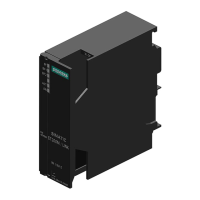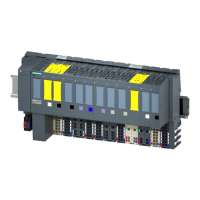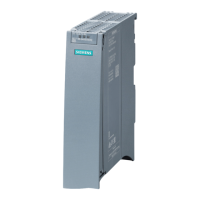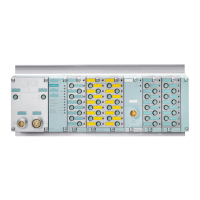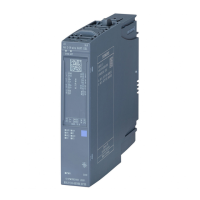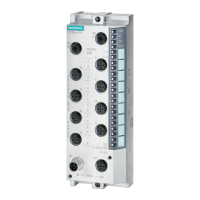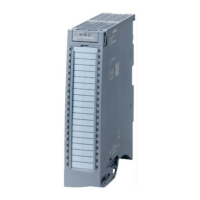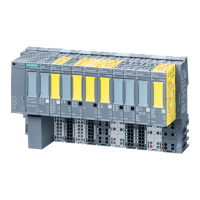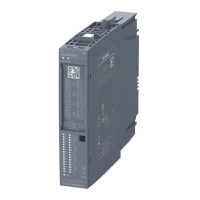Functions
5.2 Intelligent IO devices (I-devices)
PROFINET with STEP 7 V15
132 Function Manual, 12/2017, A5E03444486-AH
Higher-level IO controller
I-device CPU is
in RUN, higher-
level IO control-
ler is in RUN
Station failure I-
device, for examp-
le, through bus
interruption
If the I-device continues to run wit-
hout a bus connection:
Call of OB 86 (rack failure).
During the updating of the process
image with the instructions
"UPDAT_PI" and "UPDAT_PO" an
error report is returned at the para-
meter RET_VAL.
With direct IO access to all transfer
areas to the higher-level IO control-
ler: depending on the type of error
handling, e.g., call of OB 122 (IO
Call of OB 86 (rack failure).
During the updating of the process image
with the instructions "UPDAT_PI" and
"UPDAT_PO" an error report is returned at
the parameter RET_VAL.
With direct IO access to all transfer areas
to the I-device: depending on the type of
error handling, e.g., call of OB 122 (IO
access error).
I-device CPU is
in RUN, higher-
level IO control-
ler is in RUN,
communication
connection
between IO
controller and I-
device is inter-
rupted (bus inter-
The bus connec-
tion between the
IO controller and I-
device has been
reestablished and
the I-device is
again included in
the user data traf-
fic.
Call of OB 86 (rack failure).
Call of OB 83 (pull/plug) for input
transfer areas to the higher-level IO
controller.
Until call of OB 83 in the case of
direct access to the input transfer
areas to the higher-level IO control-
ler: depending on the type of error
handling, e.g., call of OB 122 (IO
access error).
Call of OB 86 (rack failure).
Until reporting of station re-integration by
OB 86 with direct IO access to all transfer
areas to the I-device: depending on the
type of error handling, e.g., call of OB 122
(IO access error)
Note
Special characteristic during startup of the higher-level IO controller
In contrast to the station return message from IO devices in the IO controller, which are
covered completely by the call of the OB
86, the station return message of a higher-level IO
-device is separated into 2 parts:
Call of the OB 86: The initial values for the outputs of the I-device are set. However, the
input values are not yet valid. These values will first be valid with the opening of OB 86 in
the higher-level IO controller.
Call of OB 83 for each input transfer area; with this call, the validity of an input transfer
area is displayed. The starting up of the I device is first complete when the OB 83 has
been called for the input transfer areas. This step can be delayed or not occur at all in the
following situations:
– Higher-level IO controller is in STOP: OB 83 is first called at the STOP-RUN transition
of the higher-level IO controller.
– The IRT communication has been disrupted (sync-master failure, topology error, ...).
OB 83 is opened only after the IRT communication has taken place.
For more information on error handling in the case of direct I/O access, refer to "Error
handling" in the STEP 7 online help.
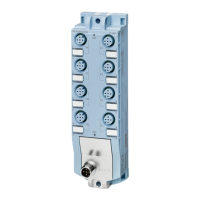
